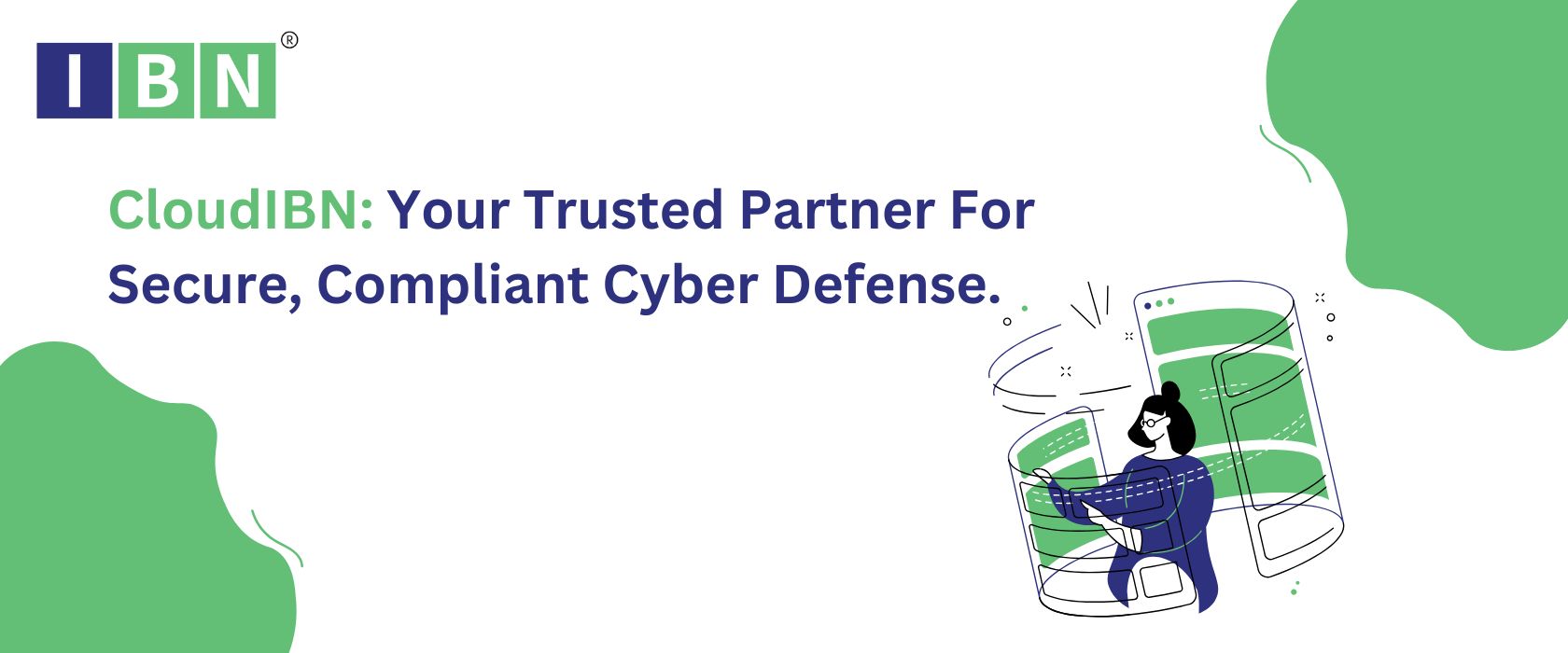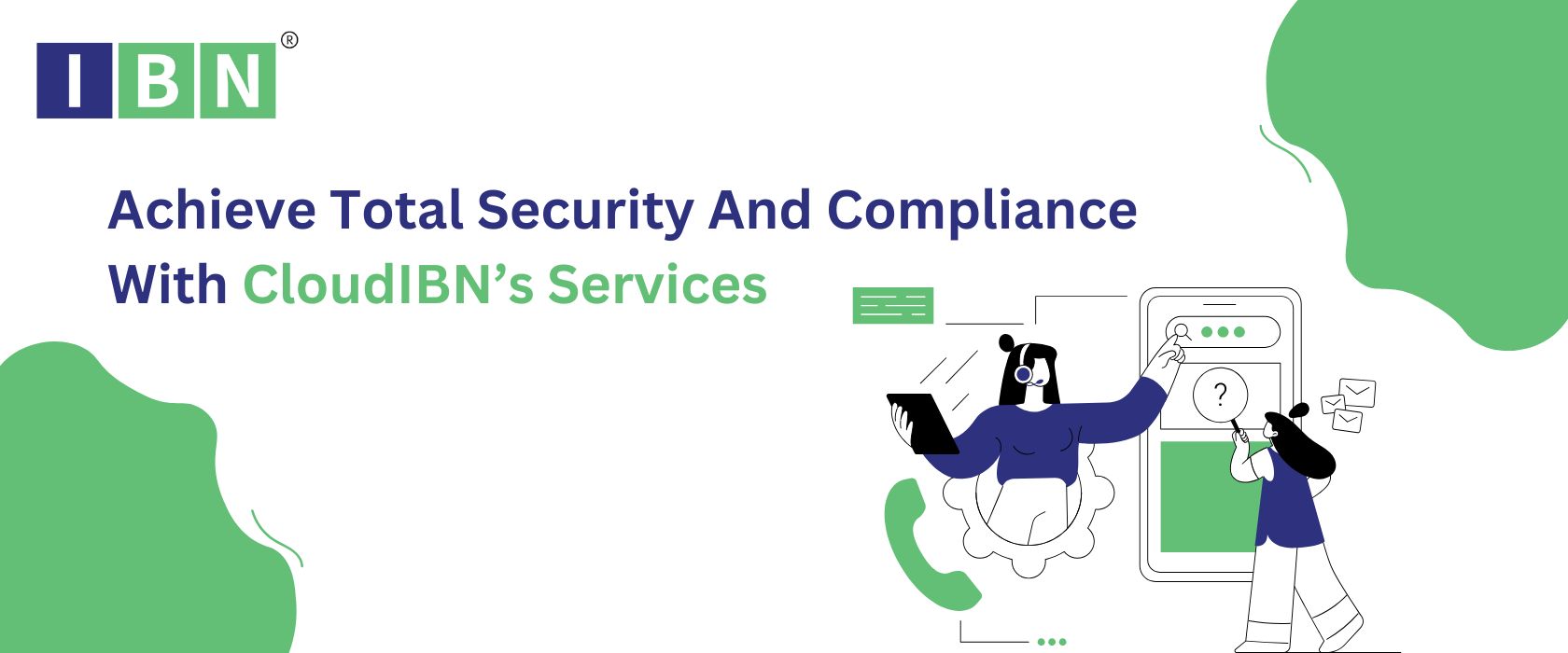Building a Cybersecurity Strategy for Compliance with CSIT, CERT-IN, & GDPR

As technology advances, organizations are dealing with an increasing number of cybersecurity threats. At the same time, regulatory frameworks like the Cyber Security and IT Framework (CSIT), CERT-In guidelines, and the General Data Protection Regulation (GDPR) require companies to adhere to strict security protocols to safeguard private information and uphold confidence. Building an integrated cybersecurity strategy that aligns with these standards is crucial for organizations to ensure both compliance and robust security. In this blog, we’ll explore how to create a cybersecurity strategy that aligns with CSIT, CERT-IN, and GDPR, using best practices like VAPT Testing Services, Services offered by the Managed Security Operations Center (SOC) and Security Orchestration Automation and Response (SOAR).
Understanding the Guidelines
- CSIT (Cyber Security and IT Framework): CSIT guidelines, issued by the Reserve Bank of India, provide a comprehensive framework to help financial institutions safeguard their information technology and digital assets. These guidelines cover areas like risk management, incident response, and threat mitigation.
- CERT-IN (Computer Emergency Response Team - India): CERT-IN is India’s national agency responsible for responding to computer security incidents. It issues guidelines on how organizations should manage and respond to cybersecurity incidents, conduct audits, and ensure the safety of IT infrastructure.
- GDPR (General Data Protection Regulation): A regulation from the European Union, GDPR focuses on protecting personal data and privacy. It mandates that organizations take comprehensive measures to secure data and comply with strict reporting and auditing requirements for data breaches.

Creating an Integrated Cybersecurity Strategy
To create an integrated cybersecurity strategy that aligns with these guidelines, you need a comprehensive approach that includes risk management, proactive testing, continuous monitoring, and response mechanisms. The following key practices help in achieving compliance and ensuring a secure environment:
VAPT Services for Regular Security Testing
Vulnerability Assessment and Penetration Testing (VAPT) is one of the most effective ways to identify security weaknesses and mitigate risks before they become a problem.
- The goal of vulnerability assessment is to find known weaknesses in the network infrastructure, applications, and IT systems of a company.
- Penetration Testing simulates real-world cyberattacks to evaluate the robustness of your security defenses.
For compliance with CSIT and CERT-IN guidelines, regular VAPT services ensure that your organization’s infrastructure is constantly monitored and tested for vulnerabilities. This proactive approach not only helps detect risks but also aligns with the RBI’s CSIT framework by ensuring your organization meets mandatory security standards. Additionally, VAPT services help organizations adhere to GDPR’s requirement for maintaining secure IT systems and protecting personal data.
Managed SOC Services for Continuous Monitoring
A Managed Security Operations Center (SOC) is a critical element in maintaining continuous surveillance and responding to potential security threats in real time. Managed SOC services involve outsourced teams of security experts that monitor your network 24/7, analyze threats, and respond quickly to mitigate incidents.
By implementing managed SOC services, organizations can meet the CERT-IN and CSIT guidelines for real-time monitoring and incident response. SOC teams use advanced security tools to detect unusual behavior, threats, and vulnerabilities within your infrastructure. The ability to respond swiftly and effectively to security breaches is also essential for GDPR compliance, as it mandates timely reporting of data breaches.
SOAR for Automated Incident Response
Security Orchestration Automation and Response (SOAR) platforms play an integral role in managing and automating security operations. SOAR solutions help streamline incident detection, response, and resolution processes by integrating various security tools and automating workflows.
This automated approach to cybersecurity improves response times, reduces human error, and ensures that incidents are dealt with promptly, which is crucial for compliance with CSIT, CERT-IN, and GDPR. Automation of response mechanisms through SOAR helps organizations quickly neutralize threats, track breaches, and generate compliance reports.
Best Practices for Achieving Compliance
Achieving compliance with CSIT, CERT-IN, and GDPR involves the following best practices:
- Regular Security Audits: Conduct periodic audits to evaluate your systems, processes, and security controls, ensuring compliance with all regulatory requirements.
- Data Protection Measures: Ensure that your organization has strong data protection protocols in place, including encryption and access controls, to comply with GDPR.
- Incident Response Planning: Develop and test an incident response plan to quickly identify, assess, and mitigate any security breaches.
- Employee Training: Regularly train your employees on cybersecurity best practices and how to identify potential threats.
- Collaboration with Experts: Engage with cybersecurity professionals and service providers like VAPT and SOC services to ensure all compliance requirements are met efficiently.
Building a cybersecurity strategy that aligns with CSIT, CERT-IN, and GDPR is essential to safeguard your organization's digital infrastructure and sensitive data. By incorporating best practices like VAPT services, Managed SOC services, and SOAR, you can ensure compliance while maintaining robust defenses against evolving cyber threats. If you need expert assistance in building a cybersecurity strategy that aligns with these regulatory guidelines, CloudIBN is here to help. Our VAPT services and Managed SOC services provide comprehensive protection, ensuring that your organization stays secure and compliant. Call 020-711-79586 or visit CloudIBN at www.cloudibn.com to Ensure compliance, enhance security, and stay ahead of cyber threats with CloudIBN’s cybersecurity services.